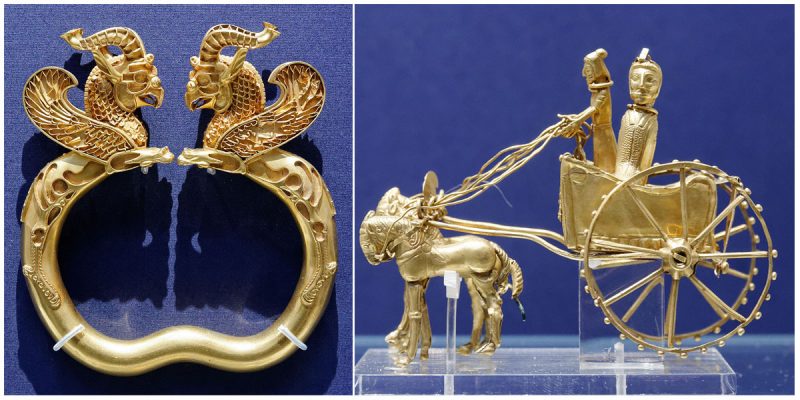The Oxus Treasure is a collection of about 180 pieces of Achaemenid Persian metalwork in gold and silver, dating mainly from the fifth and fourth centuries BC. The exact place and date of the find remain unclear, it is believed that the treasure most likely belonged to a temple, where votive offerings were deposited over a long period. Still, how it came to be deposited is unknown.
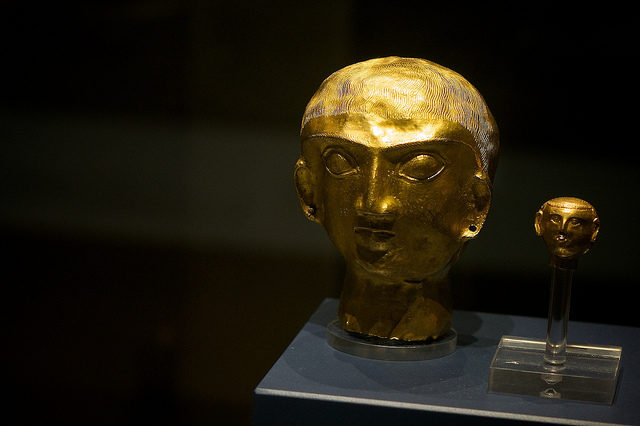
This was the time of Cyrus II of Persia, commonly known as Cyrus the Great who created the Achaemenid empire, the largest empire the world had yet seen.
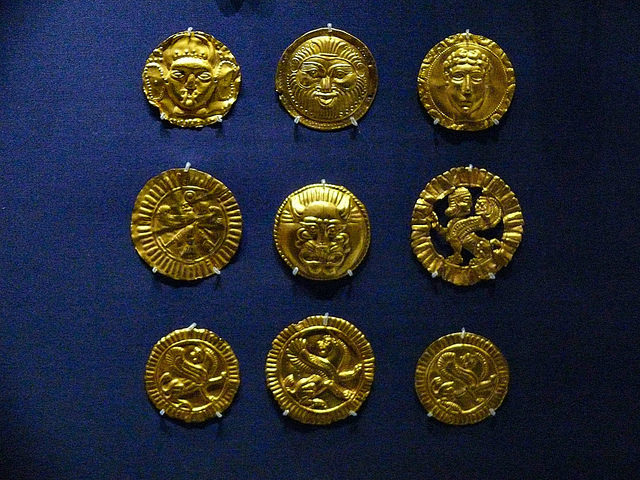
It is called the Oxus treasure because it was found by the Oxus river, probably at the site of Takht-i-Kuwad, a ferry station on the north bank of the river, about 1877-1880.
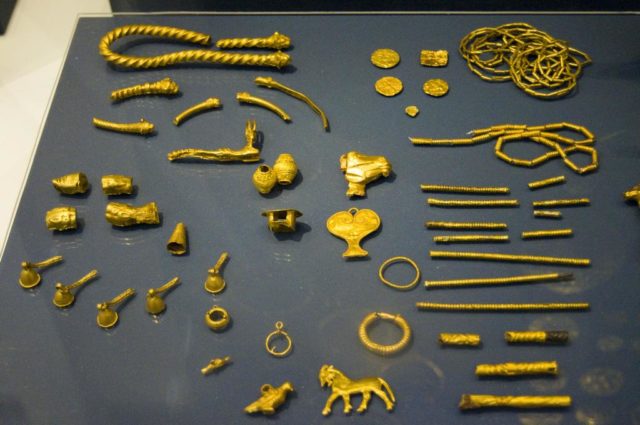
The treasure includes armlets, finger-rings, objects, model chariots and figures, dedicatory plaques, coins, vessels, seals, miscellaneous personal objects and a gold scabbard which is the earliest piece in the collection, showing scenes of a lion hunt.
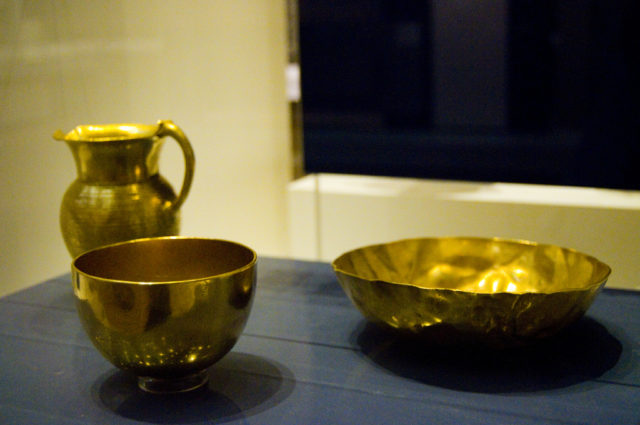
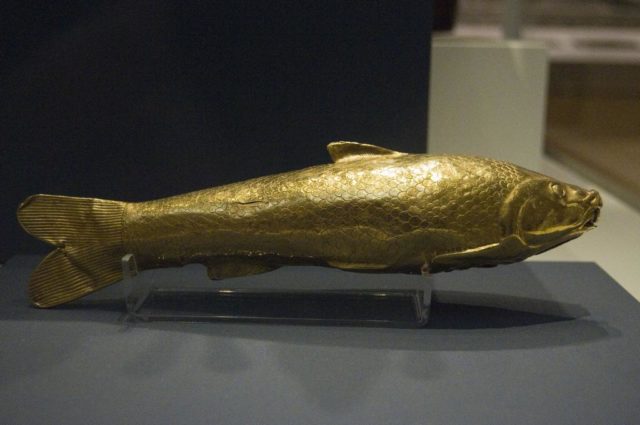
There are many magnificent objects in the Oxus Treasure, but among the best known are the two model chariots in gold, one incomplete, pulled by four horses. There are two figures, a driver and a seated passenger in Median dress. The chariot has handrails at the open rear to assist getting in and out, while the solid front carries the face of the Egyptian dwarf-god Bes.
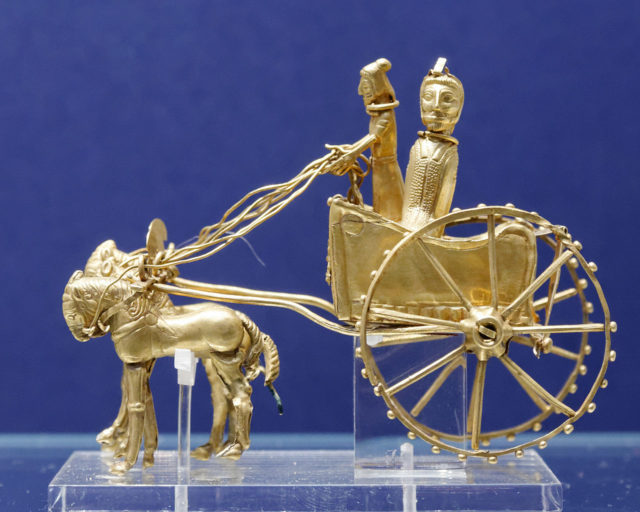
Other spectacular pieces are the two griffin-headed bracelets from the 5th to 4th century BC court style of Achaemenid Persia. They were the most complex objects to manufacture, being cast in several elements, then worked in many different techniques, and soldered together. There are a number of others bracelets, several with simpler head terminals variously depicting ibex, goats, bulls, lion, ducks, and fantastic creatures.
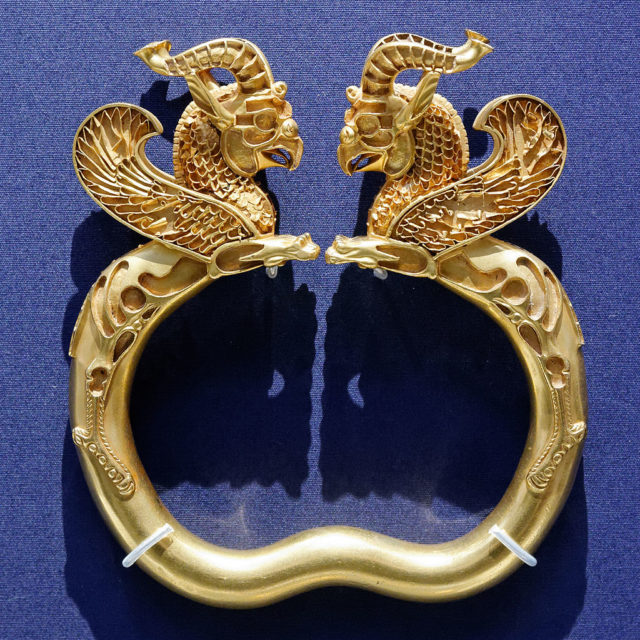
Eventually, the entire Oxus treasure was bequeathed to the British Museum by Major-General Sir Alexander Cunningham, Director General of the Archaeological Survey of India.
